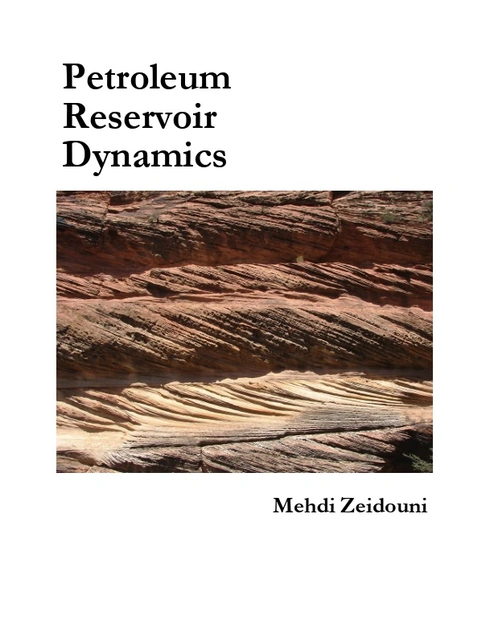
Petroleum Reservoir Dynamics
No ratings
Mehdi Zeidouni, Louisiana State University
Copyright Year:
Publisher: Louisiana State University
Language: English
Formats Available
Conditions of Use
![]() Attribution-NonCommercial
Attribution-NonCommercial
CC BY-NC
Table of Contents
- Front Matter
- Chapter I: Introduction
- Chapter II: Darcy Equation and ITS Limitations
- Chapter III: Flow Geometry
- Chapter IV: Steady-State Compressible Flow
- Chapter V: Accounting for the Effect of Gravity in Steady Flows
- Chapter VI: The Governing Equation
- Chapter VII: Pseudo-Steady State (PSS) Flow
- Chapter VIII: Transient Radial Flow and Drawdown Test Analysis
- Chapter IX: Superposition Principle and Pressure Buildup Test Analysis
- Appendices and Back Matter
About the Book
The book is structured into nine chapters, each designed to build a comprehensive understanding of reservoir engineering principles. Chapter 1 introduces the discipline and its connections with other areas of petroleum engineering. Chapters 2 through 5 address steady-state flow and its various complexities: Darcy’s equation and its limitations (Chapter 2); flow geometries and skin factor concepts (Chapter 3); compressible oil and gas flow (Chapter 4); and non-horizontal flow using the flow potential concept (Chapter 5).
In Chapter 6, the pressure diffusivity equation is explored alongside key concepts of radius of investigation and average reservoir pressure. Chapter 7 delves into the pseudo-steady-state (PSS) flow regime, its applications in multi-well drainage, and its relationship with well productivity index, inflow performance relationship, vertical flow performance, and nodal analysis.
The final chapters focus on transient radial flow and its applications in well testing. Chapter 8 introduces transient drawdown analysis. Chapter 9 discusses the superposition principle in time and space, with application to the modeling of sealing faults and buildup test analysis.
To enhance engagement and learning, each chapter includes quiz questions - primarily in a True/False format - with answers provided at the end of the book. Additionally, numerous examples are integrated throughout to demonstrate the practical significance of the concepts and their relevance to reservoir engineering practice.
About the Contributors
Author
Mehdi Zeidouni, Louisiana State University
